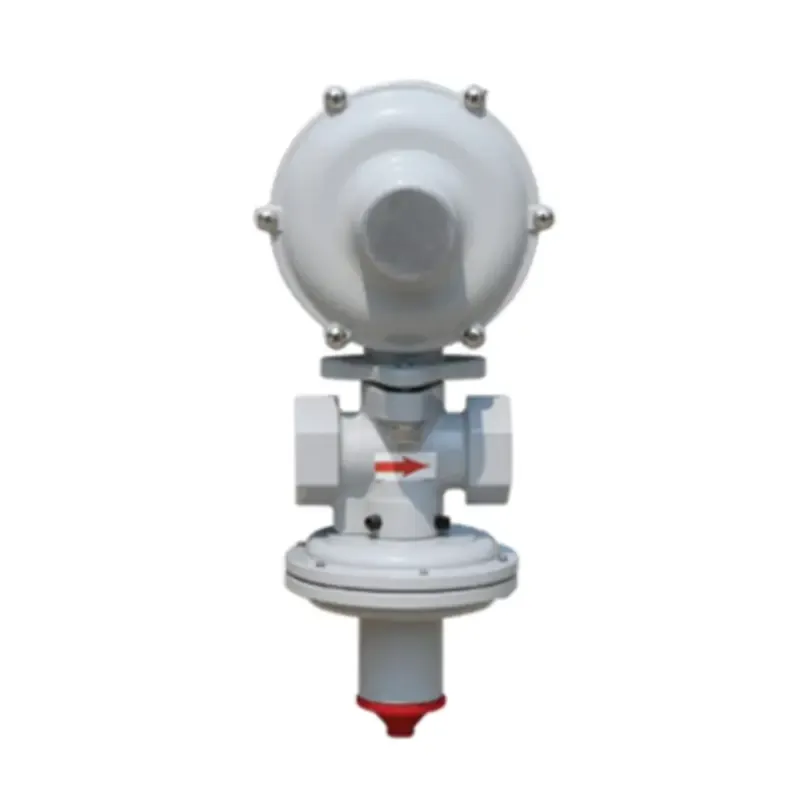
Dec . 04, 2024 15:22
Back to list
Air Control Valve System for Enhanced Efficiency and Performance
Understanding the Function and Importance of Air Valves
Air valves play a crucial role in various systems, particularly in plumbing, pneumatic, and HVAC (heating, ventilation, and air conditioning) applications. These specialized devices help regulate airflow, maintain pressure, and ensure efficient operation across a wide array of industries. Understanding their function and importance can provide insights into how they contribute to the overall efficiency and performance of mechanical systems.
What is an Air Valve?
Air valves are mechanical devices designed to control the flow of air in and out of a system. They are typically characterized by their seals, which can be opened or closed depending on certain conditions. When the pressure in a system changes, the air valve responds by opening or closing to maintain the desired pressure levels.
There are various types of air valves, including check valves, pressure relief valves, and control valves, each serving a specific function. Check valves prevent backflow, pressure relief valves release excess pressure to protect equipment, and control valves regulate the amount of air entering or leaving a system.
Function of Air Valves
The primary function of air valves is to prevent pressure loss and ensure that air flows efficiently and safely through a system. Here are some key functions of air valves
1. Pressure Regulation Air valves maintain specific pressure levels within a system to ensure optimal performance. This is critical in pneumatic systems, where balanced pressure is necessary for efficient operation.
2. Preventing Contamination By regulating airflow, air valves help prevent contaminants from entering a system, safeguarding the integrity and performance of machinery.
.
4. Safety In systems where pressure build-up can lead to dangerous conditions, such as in boilers or compressors, air valves play pivotal roles in safety. By relieving excess pressure, they protect equipment and personnel from harm.
صمام هوائي

Importance in Various Applications
Air valves are integral in multiple sectors, each benefiting from their functionality
- HVAC Systems In heating and cooling systems, air valves control the distribution of air throughout a building. Properly functioning air valves ensure even temperature distribution and comfort for occupants while optimizing energy usage.
- Water Supply Systems In water distribution networks, air valves are used to release trapped air, which can potentially disrupt the flow and pressure in pipes. By maintaining proper air balance, these valves help ensure a steady and reliable water supply.
- Manufacturing and Industrial Processes In factories using pneumatic systems for machinery, air valves control the flow of compressed air that powers tools and equipment. Their reliable operation is essential for uninterrupted production lines.
Challenges and Considerations
Although air valves are indispensable, they are not without challenges. Regular maintenance is crucial to ensure proper operation. Issues such as blockages, mechanical wear, or seal degradation can lead to malfunction, resulting in inefficiencies and increased costs.
Moreover, selecting the right type and size of air valve for a specific application is critical. Engineers must consider factors such as pressure ratings, flow capacity, and the environment in which the valve will operate to ensure optimal performance.
Conclusion
In conclusion, air valves are vital components in numerous systems, playing key roles in pressure regulation, maintaining efficiency, and ensuring safety. From HVAC and water supply systems to industrial applications, their significance cannot be overstated. Understanding their functions and the challenges associated with them is essential for anyone involved in system design or maintenance. As technology advances, the development of more efficient and reliable air valve designs will continue to enhance their performance, contributing to the overall efficacy of the systems they serve.
Latest news
-
Safety Valve Spring-Loaded Design Overpressure ProtectionNewsJul.25,2025
-
Precision Voltage Regulator AC5 Accuracy Grade PerformanceNewsJul.25,2025
-
Natural Gas Pressure Regulating Skid Industrial Pipeline ApplicationsNewsJul.25,2025
-
Natural Gas Filter Stainless Steel Mesh Element DesignNewsJul.25,2025
-
Gas Pressure Regulator Valve Direct-Acting Spring-Loaded DesignNewsJul.25,2025
-
Decompression Equipment Multi-Stage Heat Exchange System DesignNewsJul.25,2025

